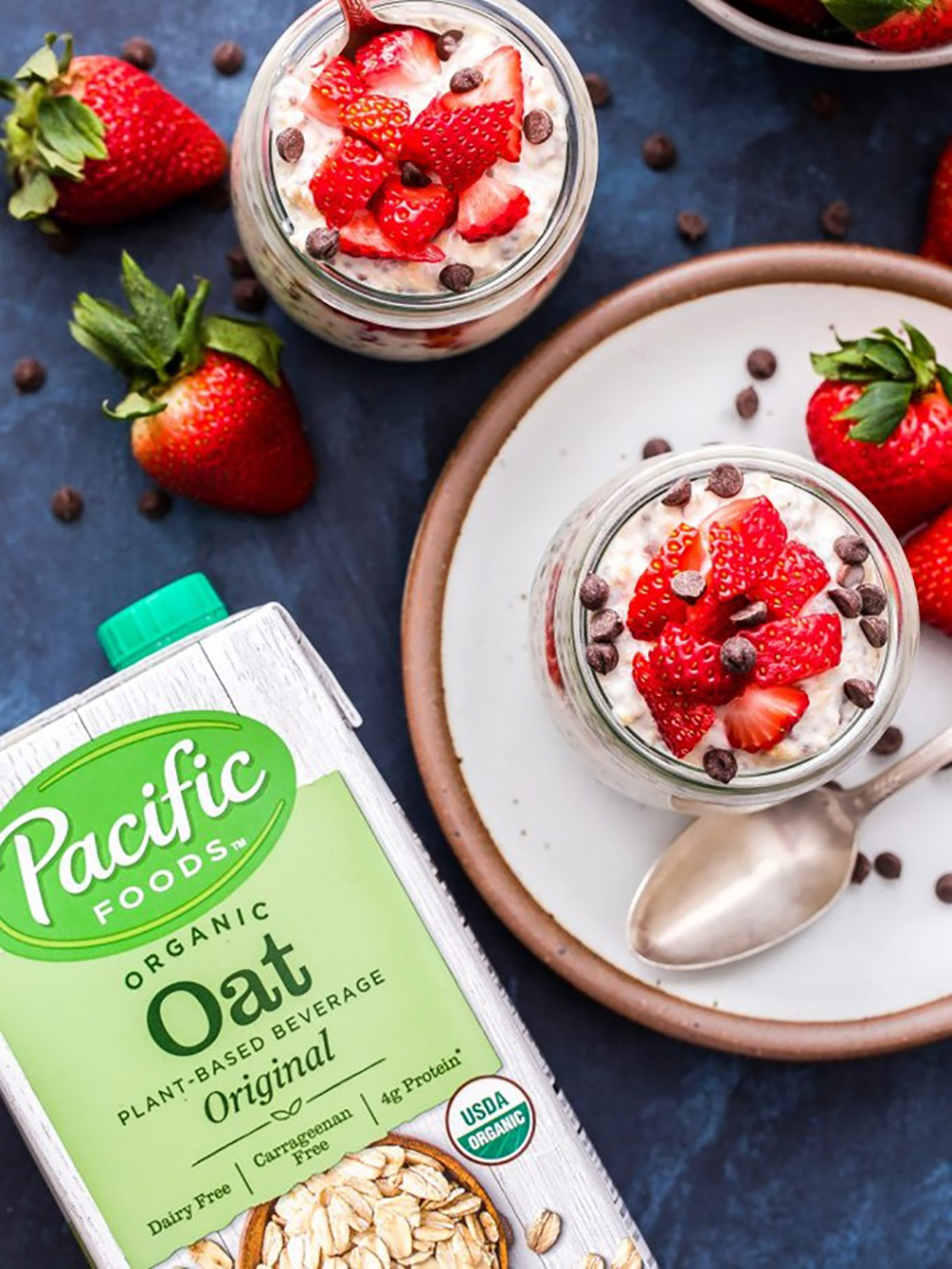Our Collective Vision
In June of 2019, Pacific Foods planned to release a new product: shelf-stable oat milk. Plant-based milk–particularly oat milk–has surged in popularity in recent years. While Pacific Foods isn’t new to the non-dairy beverage space (they first started producing soy milk in 1987), they are new to oat milk.
As more consumers replace dairy with nondairy substitutes, how those nondairy options perform in various applications will impact sales, brand trust, and consumer loyalty. Pacific Foods wanted to tout not only its product’s flavor and healthfulness, but also its versatility. A carton of Pacific oat milk should be able to take the consumer seamlessly from breakfast cereal to after-dinner dessert. That’s where CPG testing, or sensory analysis, comes in.
Array
Setting the Table
The best way to prove performance is to test the product in different scenarios and evaluate the outcome. In order to give Pacific Foods the research to be able to definitively say that their new oat milk performs comparably to traditional dairy milk in a wide variety of applications, we designed a series of tests, with the client’s input, to assess just that.
We defined a series of basic culinary uses, from biscuits to coffee, where consumers might substitute oat milk for dairy milk. We conducted each application test with Pacific’s oat milk and used 2% milk as the benchmark control. Then we conducted a side by side analysis of flavor, texture, color, aroma, recording our observations along with photos of the finished dishes and a recommendation or conclusion (i.e. whether the product works well in a given application or not, and why).





